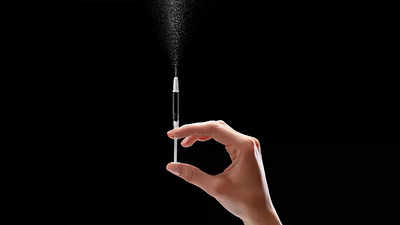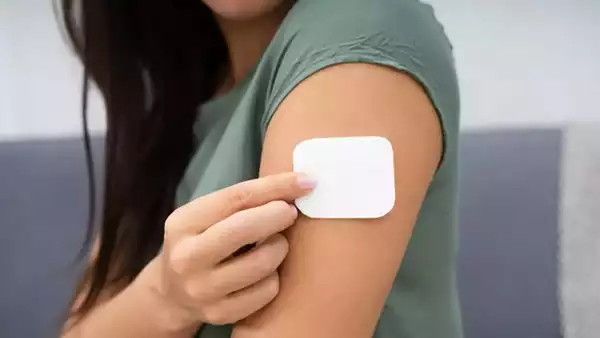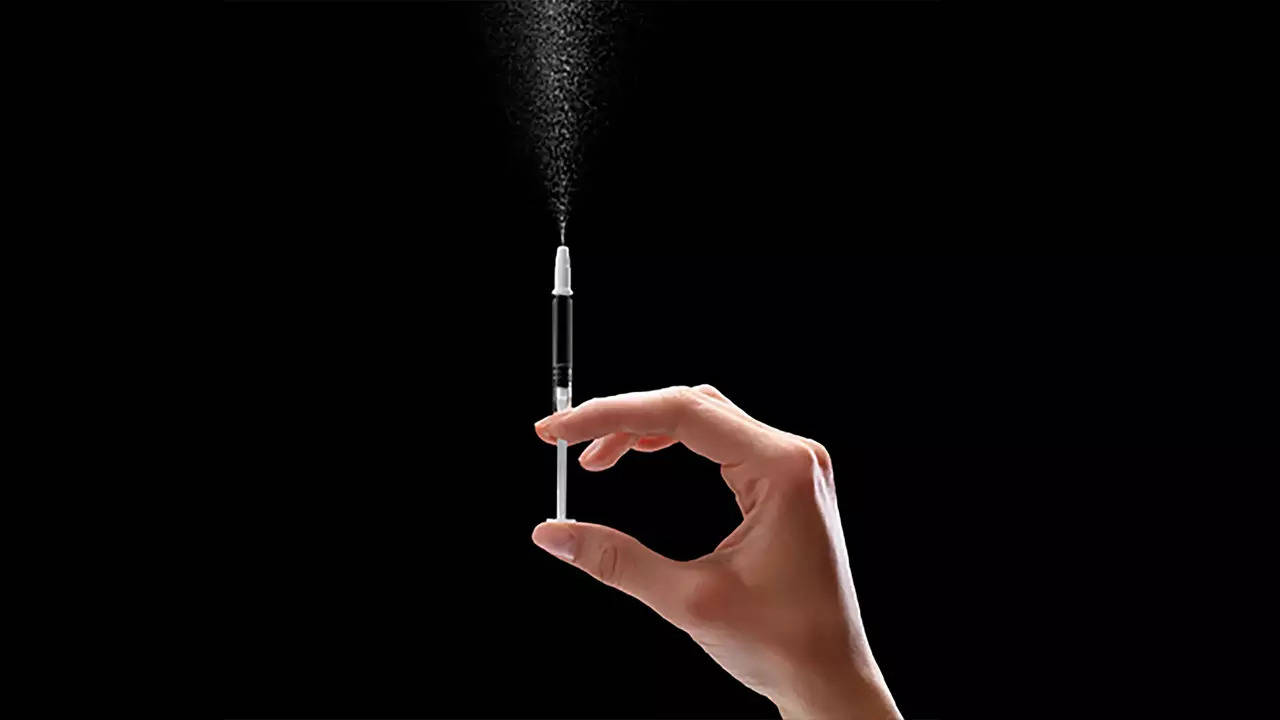Every time your kindergartener bawled their lungs out after a routine flu shot, you must have muttered to yourself that there’s got to be a less scary, less painful way to do this. A nasal spray vaccine called
FluMist
recently got approved by the US FDA. What’s even better is that by this time next year, it can be bought from medical stores in the US with a prescription and administered at home. No hospitals, no needles, no pain, only gain.
“This provides a new option for receiving a safe and effective seasonal influenza vaccine potentially with greater convenience, flexibility and accessibility for individuals and families,” Dr Peter Marks, director of the FDA’s vaccine centre which authorised the at-home option, told The New York Times.
Good shot at prevention
But a nasal vaccine is not the only way to dodge needles and pain. Researchers at the University of Texas at Dallas, US, have come up with the
MOF-Jet
— that can puff a powdered form of the vaccine through the skin using compressed gas. It would feel just like being hit with a Nerf bullet (a type of toy gun). Principal investigator Jeremiah Gassensmith had begun toying with the idea during the pandemic, buying pieces of a compressed gas-powered jet injection system that were put together in the lab by Yalini Wijesundara, a graduate student.
“It’s cheap and protects biological materials such as nucleic acids. We can also store vaccine formulations within it as powders at room temperature, eliminating the need for extremely cold temperatures many liquid vaccines require. If you shoot it with CO2, it will release its cargo faster within cells; if you use regular air, it will take four or five days,” Wijesundara told Euro News. MOFs are now being used to deliver chemotherapeutics to treat melanoma, the most serious kind of skin cancer.
A SOUND WAY
At the University of Oxford, Darcy Dunn-Lawless and his colleagues are using ultrasound to let vaccines seep through the skin. For a study on mice, a liquid mix of vaccine molecules and protein was smeared onto the skin, which was then exposed to a minute and a half of sound waves. The ultrasound pushed the liquid to the upper layers of the skin, where the protein molecules formed bubbles. With more ultrasound, the bubbles burst, pushing the vaccine molecules deeper into the skin. A needle delivers the vaccine right into the muscles, but skin deep is eniugh for immunization and even produces more antibodies, he said.
PAINLESS PATCH
A recent vaccine trial in The Gambia, West Africa, has shown that a skin patch with painless microneedles could work wonders. It looks like a sticking plaster, is easy to store and transport to remote places, and can help immunize children around the world against the contagious and often fatal viral disease measles. The patch sticks to the arm while microscopic needles push the vaccine painlessly through the skin. The first dose protected more than 90% of the 200 babies and toddlers in the trial. “They demonstrate for the first time that vaccines can be safely and effectively given to babies and young kids using microarray-patch technology,” Ed Clarke, vaccine and immunity lead at the London School of Hygiene & Tropical Medicine Medical Research Council Unit of The Gambia told BBC. NYT News Service & Agencies
I’m Manas Ranjan Sahoo: Founder of “Webtirety Software”. I’m a Full-time Software Professional and an aspiring entrepreneur, dedicated to growing this platform as large as possible. I love to Write Blogs on Software, Mobile applications, Web Technology, eCommerce, SEO, and about My experience with Life.





